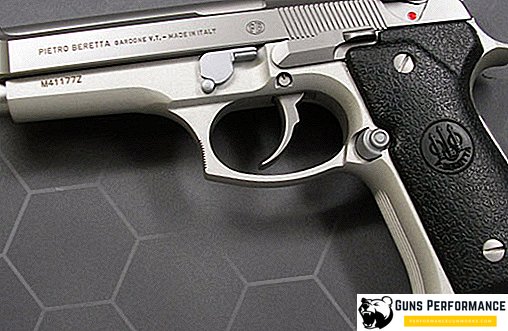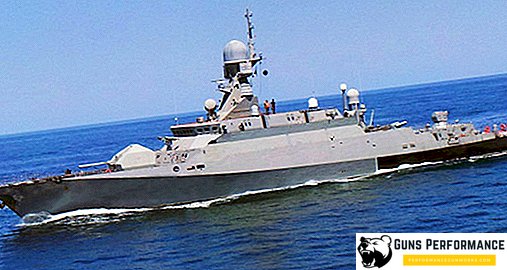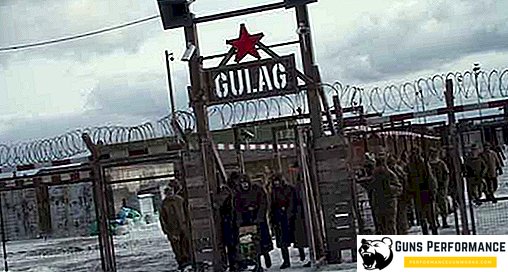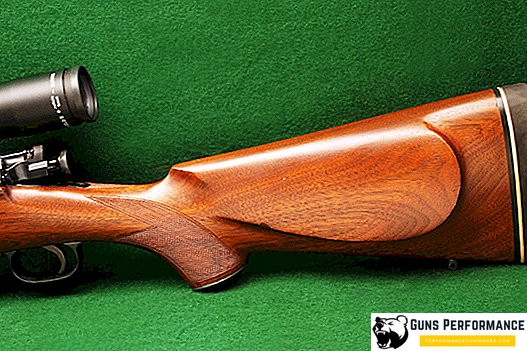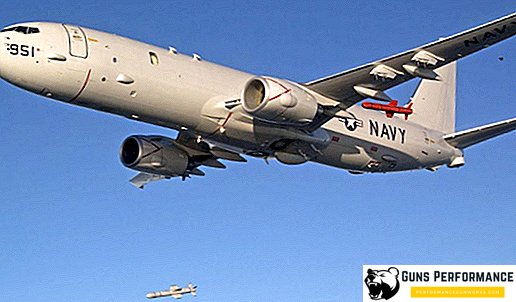ZIL-131 - the legendary Soviet truck of high maneuverability, which was developed together with the 130th. The consumer liked it with a relatively simple design, high reliability and low-cost maintenance. Transport is widespread in the economic and military spheres.

History of creation
The car ZIL-131 was appeared as a prototype in 1956. Having passed all the necessary tests, the truck was included in the mass production plan. The beginning of the mass production was scheduled for 1961, however, due to some problems, production had to be postponed.
The first production batch left the assembly line in 1967. However, engineers did not waste time in vain and managed to refine their offspring, and it became even better. The new truck, developed on the basis of the 130th, was to replace the ZIL-157 in the Soviet Army, which was obsolete by that time. New transport turned out better in everything: throughput, speed, comfort, carrying capacity.

Major modifications
The truck chassis allowed the installation of various superstructures, therefore, this machine was used in many areas, including the military. Compared with the previous generation, the fuel consumption of the ZIL-131 was lower. Power steering and tire pressure monitoring system allowed the driver to overcome difficult obstacles. The winch ZIL-131 allowed to pull out the stuck equipment.
ZIL-131 onboard - a classic truck with a wooden body and metal frame. All sides, except the rear, closed. Inside the body along the sides there are folding benches on which up to 16 people can fit. A special feature of the design was the plumage, which protected the motor from foreign objects.
ZIL-131 manipulator - high-strength auto, based on the design of which carbon steel is used. From this material were made body and frame. The designers liked the high strength, so it was decided to apply this modification to install crane or other special equipment.

ZIL-131 dump truck has not received a long history. The first two models got into two business enterprises. After that, several more orders were made for residential projects. Such a modification was not widely used, so the project was closed.
The design of the car is optimized for off-road driving. The truck was equipped with an innovative bridge, eight-layer tires with a special tread pattern, increasing grip, and center differential. As a result, the ZIL-131 had a permeability not worse than that of tracked vehicles.
Military demand for the car was high: the truck was used to install weapons - for example, the legendary "Katyusha". Also, the KUNG (a standardized unified standard body) was often installed on the car: a covered van allowed to transport service stations, radio connection points and much more.
The truck also found widespread use in aviation. Here he was equipped with equipment for aircraft maintenance. ZIL-131 worked perfectly with snow removal equipment in urban environments and at airports. The installation of the tank made it possible to transport gasoline, oil, etc. ZIL-131 firefighter is also a common car modification.

The device ZIL-131: features
The power unit of the machine is under the hood. The cabin is all-metal, accommodates two passengers and a driver. The seat of the driver and passengers separate. The driver can adjust his seat in the horizontal and vertical planes, as well as adjust the backrest.
The ZIL-131 cab was copied from the civil 130th version - but the soldiers did not like it. After several released batches, it was replaced with a cockpit with a ZIL-165. The car turned out to be more comfortable, the windshield became panoramic, it now consisted of two parts and provided a wide view.

ZIL-131 was similar to other domestic trucks with high maneuverability. Its main competitors were the Ural-375 and ZIL-157K. The similarity of these machines is explained by a single Soviet standard in force in the design of such equipment. Differences can be seen in some sites and in a different approach to production.
For many years, engineers tried to solve a difficult problem: how to reduce the cost of a car and not lose a high level of performance characteristics? As a result, the problem solving was succeeded, with the result that a high-quality, reliable product was born. After the release of the 131st, they planned to curtail production of the 157th, however, they were released in parallel for the next 20 years.

ZIL-131: technical specifications
The main characteristics include:
- Length - 7 meters;
- Width - 2.5 meters;
- Height - 2.48 or 2.97 (with an awning) meters;
- Ground clearance - 33 centimeters;
- Maximum cargo weight - 3.5 tons.
Truckers especially liked the high cross, excellent road holding and good handling. The ability to move off-road provides six driving wheels. This design made it possible to move along the northern snow-covered roads.
Not superfluous was the system of remote pressure control in tires. When moving to the ground to increase the cross is recommended to reduce the pressure. With such a mechanism, the driver could do it from the passenger compartment while on the move. This system made it possible to continue driving with a slight tire puncture due to constant air inflating.

Many technical units were taken from the 131st and received some improvements. V-engine ZIL-131 had eight cylinders. He had a volume of 6 liters and developed 150 horsepower. The same power plant was used in the ZIL-130. The difference was in the cooling system: a preheater was added to it, which is an indispensable tool in extreme cold. Fuel consumption is 35-40 liters per 100 km. The truck has two tanks of 170 liters each.
Clutch ZIL-131 dry with one disc. Box ZIL-131 was synchronized, had five steps. It complements the two-stage razdatka. Gearbox ZIL-131 had high strength and broke only after 200-300 thousand kilometers. The front axle ZIL-131 was switched on automatically due to an electropneumatic mechanism. The car can accelerate to 80 km / h.

Conclusion
Transport was in great demand, so it was used in all regions of the USSR. The export of the truck to Africa and Asia was established. For 23 years of production, about one million cars of various modifications were produced. In 1990, production was moved to the Urals, where it lasted another 12 years, after which they began to produce an analogue of a truck under a different name.
Exploit the car continues in our days. Its size allows you to move around the city to various construction and utility objects. The ZIL-131 never used diesel, but some owners install diesel engines themselves to reduce fuel costs.
In the secondary market, such a truck of 90-91 years of release can be bought for 100-110 thousand rubles. "Young" copies of the beginning of zero years will cost 350-400 thousand. The final price tag depends on the external and technical condition of transport. Some owners rent ZILs. The average price is 1000 rubles per hour.



